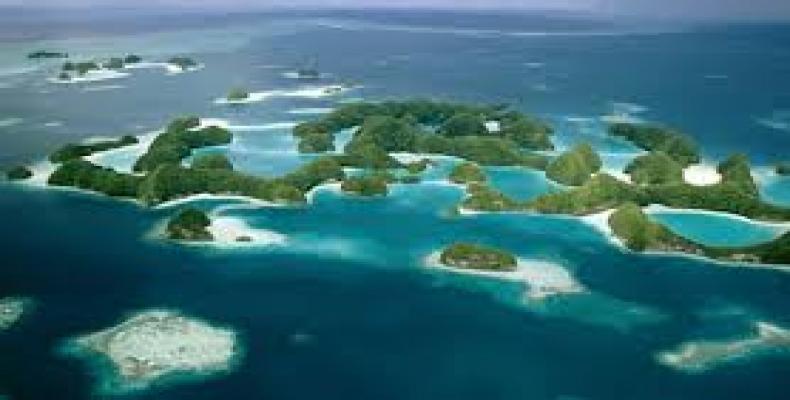Cayo Santa Maria, June 15 (RHC)-- The Fifth Meeting of the Steering Committee of the International Project "Conservation of Agricultural Biodiversity in Biosphere Reserves in Cuba: Connecting Natural and Managed Landscapes" (COBARB) took place in Cayo Santa María between June 10th and 12th.
The initiative's main objective is to promote the preservation of the diversity of protected areas through the incorporation of agricultural biodiversity in the management of the Cuban reserve system of the UNESCO Man and Biosphere Program (MAB).
The event was sponsored by several international agencies and programs such as UNESCO, the United Nations Environment Program (UNEP) and Food and Agriculture Organization (FAO).
In addition, representatives of Cuban entities such as the National Center of Protected Areas (CNAP), the Ministry of Agriculture (MINAG), the National Association of Small Farmers (ANAP), the Ecological Stations of Sierra del Rosario and Cuchillas del Toa, and the Cuban National Commission of UNESCO attended.
The COBARD project began in 2013. This time a review was made of the results and activities of the project, its achievements and the fulfillment of its objectives.
The exchange by experts during the meeting confirmed the importance of international cooperation in this field, and the benefits of preserving agricultural biodiversity in the biosphere reserves for the well-being of human beings and the protection of the environment.
The days of the event were an expression of the importance of North-South and South-South cooperation.
In Cuba, there are six biosphere reserves declared by UNESCO: the Sierra del Rosario (1985), the Guanahacabibes Peninsula (1987), Baconao (1987), Cuchillas del Toa (1987), Buenavista (2000) and the Ciénaga de Zapata (2000).
Debate on conservation of agricultural biodiversity in biosphere reserves in Cuba

Matérias relacionadas
Comentários
Deixe um comentário
Todos os campos são requeridosMais vistas
- Díaz-Canel preside cerimônia que marca 64º aniversário da vitória em Girón
- Cuba ajuda países a suprir a falta de recursos humanos na área de saúde
- Cuba Saúde 2025, um evento em Havana para o bem-estar universal
- Cuba relembra a vitória sobre os mercenários em Playa Giron
- Feira Internacional de Saúde consolida o papel de Cuba na biotecnologia

